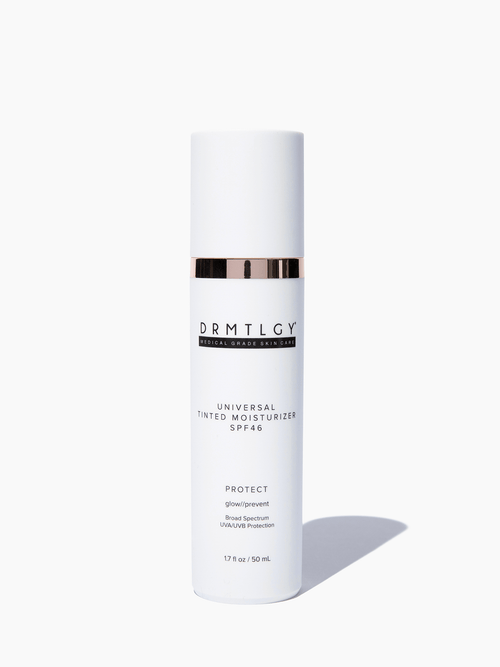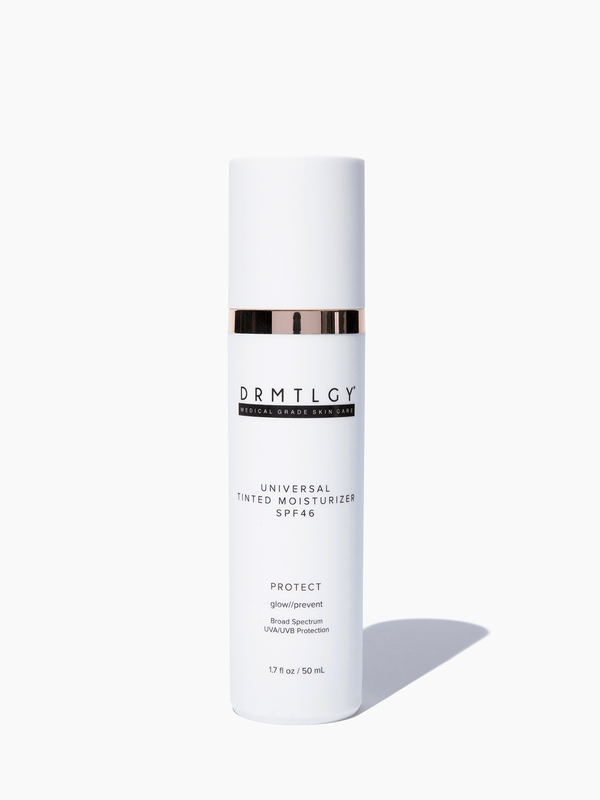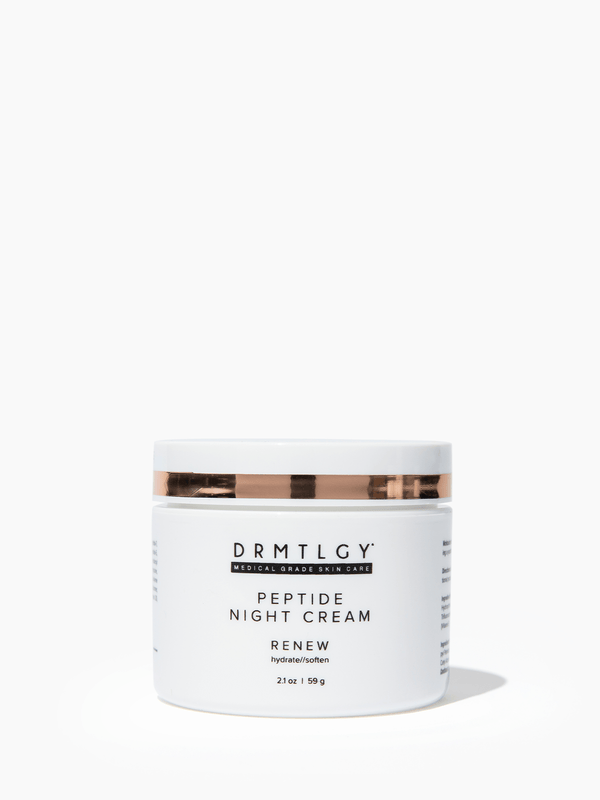You’re probably familiar with dark spots, as they’re an incredibly common skin issue. After the age of 40, they tend to become even more prevalent. Though they’re often referred to as “age spots,” they are seldom caused by aging alone— in fact, there are a plethora of causes for dark spots and hyperpigmentation.
Here are four of the most common reasons that they tend to develop.
1. Sun
We say it often, but it bears repeating: nothing does more harm to your skin than the sun. This is particularly true for dark spots. Sometimes called “liver spots” (despite the fact that they have nothing to do with the liver), spots from the sun are arguably the most common.
Unprotected skin allows dangerous UV radiation to seep in, causing melanin to multiply, and creating dark splotches around the skin. Because of their frequent exposure, these spots most frequently appear on the face, arms and hands. Wearing a daily SPF sunscreen will dramatically reduce your chance of developing these, but nothing will prevent you better than avoiding overexposure to direct sunlight.
2. Hormones
One of the leading causes of dark spots is melasma. Melasma is most often triggered by pregnancy and birth control, and is significantly more common in women. This disorder causes the skin’s pigment to form dark patches.
Though melasma can cause dark spots on its own, it is exasperated by sun exposure. As stated above, wearing sunscreen reduces the likeliness of developing hormonal dark spots, but ideally, direct sun exposure should be kept to a minimum.
3. Blemishes
Blemishes are the cause of so many skin concerns. Acne, ingrown hairs, and pustules are all examples of blemishes, and sadly, all of them can end up resulting in skin spots. This tends to occur when we pick at a blemish, causing the body’s immune system to increase melanin production in that area. Even the smallest of blemishes can leave spots behind.
Try to avoid ever squeezing or picking at blemishes, and use a treatment on them as soon as you notice them beginning to form. If you suffer from acne or regular breakouts, look into using products that treat breakouts with ingredients like Benzoyl peroxide, salicylic acid, and glycolic acid.
4. Medication
Brown spots can be caused by a number of medications. Some of the most common of these include anti-inflammatory drugs, certain antibiotics, chemotherapy, and several drugs prescribed to treat mood disorders. Like hormonally-caused spots, these medications tend to leave the skin much more susceptible to sun damage.
If you are on medication and start to notice the appearance of dark spots, speak with your doctor about best practices and solutions.
Treating Dark Spots
Because brown spots are often in hard-to-hide areas like the face and hands, dealing with them can be a nuisance. The best practice is always preventative in doing things like wearing sunscreen and hats to help avoid UV radiation, but if you already have dark spots on your skin, there are solutions to help fade them.
First off, there are creams that are specifically formulated to treat dark spots over time— and they work really well! By combining fast-acting ingredients (hydroquinone 2%, alpha hydroxy acids, botanicals, etc.), creams like this help to even out your skin tone and fade dark blotches over time.
Also, the addition of an antioxidant to your routine can have some major skin-lightening benefits. Vitamin C-packed formulas help to lighten and even skin tone by increasing collagen production, diminishing redness, and reducing the melanin synthesis in your skin. Frankly, an antioxidant is an important step for healthy skin even if you don’t have brown spots.
Journal of the American Academy of Dermatology, 2010, page 274-283
Journal of the American Academy of Dermatology, Oct. 2017, page 607-621
Journal of Biomedical Materials Research Part B, Aug. 2019, ePub.















